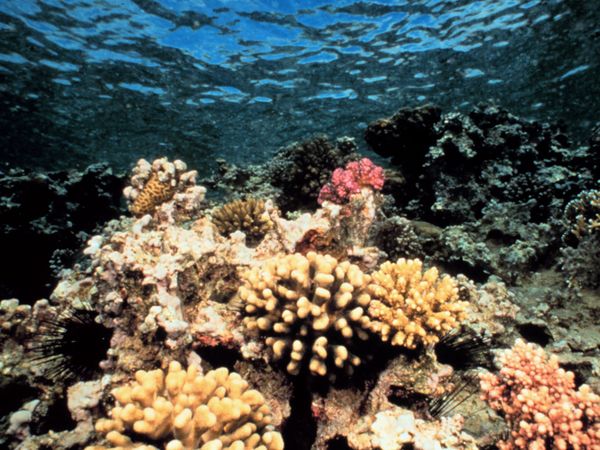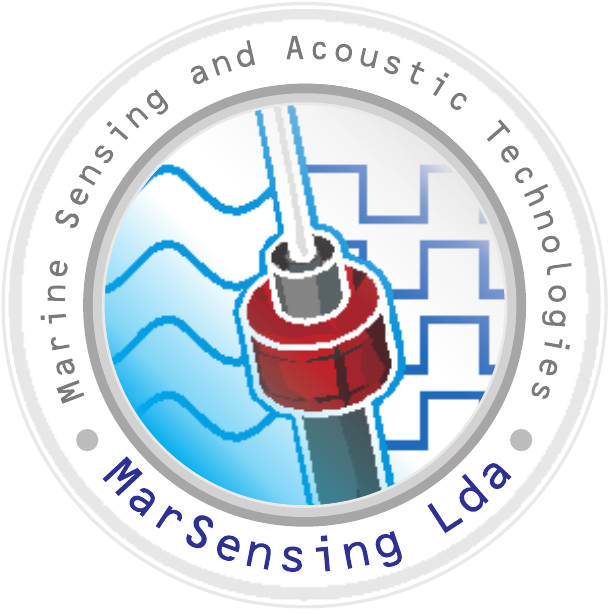|
You are not Logged in! Log in to check your messages. |

|
|
Check todays hot topics |
Web2Project Sign in
2DEEPSCAPE project

2DeepScape - Towards deep sea soundscaping
2DEEPSCAPE is funded by FCT under the MIT research collaboration within the AIR Centre program. Our vision is to make feasible the deployment of large swarms of miniature drifters/gliders to enable new insights into physical–biological dynamics of the deep ocean with the objectives of: be environmentally friendly and noninvasive; be simple, reliable and low cost; and possess high autonomy and energy harvesting capabilities. This project is funded with approximately 99keuro for 12 month (contract MITEXPL/IRA/0070/2017). Starting date: 1-Sep-2018. Partnership: U.Minho (Coordinator) and co-promoted by CINTAL and Marsensing. People involved from CINTAL/SiPLAB: A.J. Silva, S.M. Jesus. [more...].
Abstract:
Developing technologies to study the oceans has always been difficult, owing to the ocean’s vast size, inaccessibility, pressure, aggressiveness of the environment and optical opacity. Electronic sensors such as CTDs (conductivity–temperature–depth), acoustic systems and chlorophyll fluorometers helped to revolutionize oceanography by reducing the need to acquire water samples for subsequent analysis and by offering better spatial and temporal resolution. However, some of the least understood physical and biological dynamics in the ocean occur between scales of a meter and a few kilometers, which are difficult to resolve with traditional moored, profiling, towed or remotesensing instruments. Recently, a new monitoring philosophy “soundscape” which uses passive acoustics as an efficient way of, among others, monitoring animal visitation times, relative densities, and potential anthropogenic influences, is becoming relevant in scientific community.
Our vision is to make feasible the deployment of large swarms of miniature drifters/gliders to enable new insights into physical–biological dynamics of the deep ocean. These devices could potentially be deployed in swarms of thousands to capture a 3D view of the interactions between marine life and oceanographic variables. To make this viable, some initial and important technological breakthroughs must be realized, especially regarding the functionalities that the single drifters must reach. Essentially, these must: Be environmentally friendly and noninvasive; Be simple, reliable and low cost; Possess high autonomy and energy harvesting capabilities. These 3 features are the main drivers for the proposed research. Considering the relevance that acoustics-based techniques have when surveying the deepsea, a soundscaping microdevice will be our test application. The technology to develop a miniature drifter (volume below 1L) will be the main focus. We will demonstrate that miniaturesized lowcost and reliable devices can be successfully deployed, opening the way to the development of large swarms of such miniature devices for deep ocean surveying. The expected achievements are: PVDF hydrophones which can operate up to 200 kHz at depths beyond 4000m. High-pressure tolerant electronics, low cost 3D printing and moulding, instead of bulky and expensive hulls; natural salt ballast release used to emerge the device, so nothing harmful is left in the seabottom. Most of these features are original and innovative. Actual Technology Readiness Level 23 will be the starting point, which we intend to rise 1 or 2 levels. In a future prototype, the micro drifter will also combine GPS location, Iridium satellite communications and LED signaling, to facilitate location and recovery after emerging.



